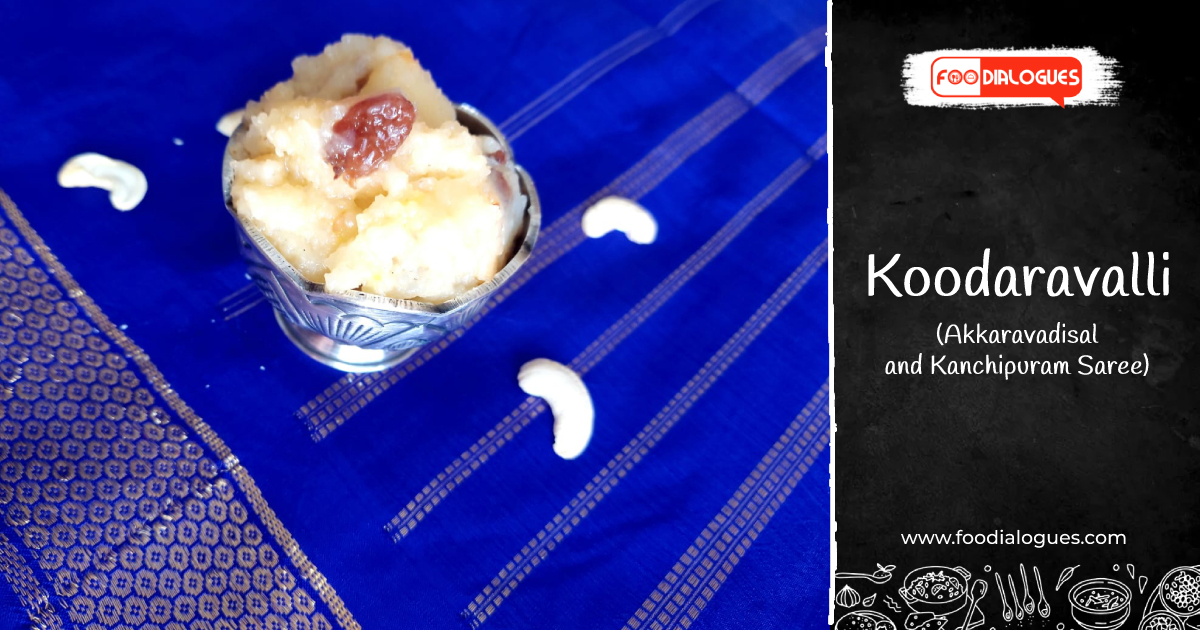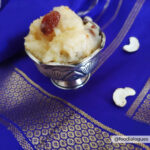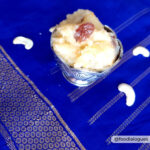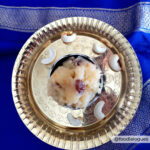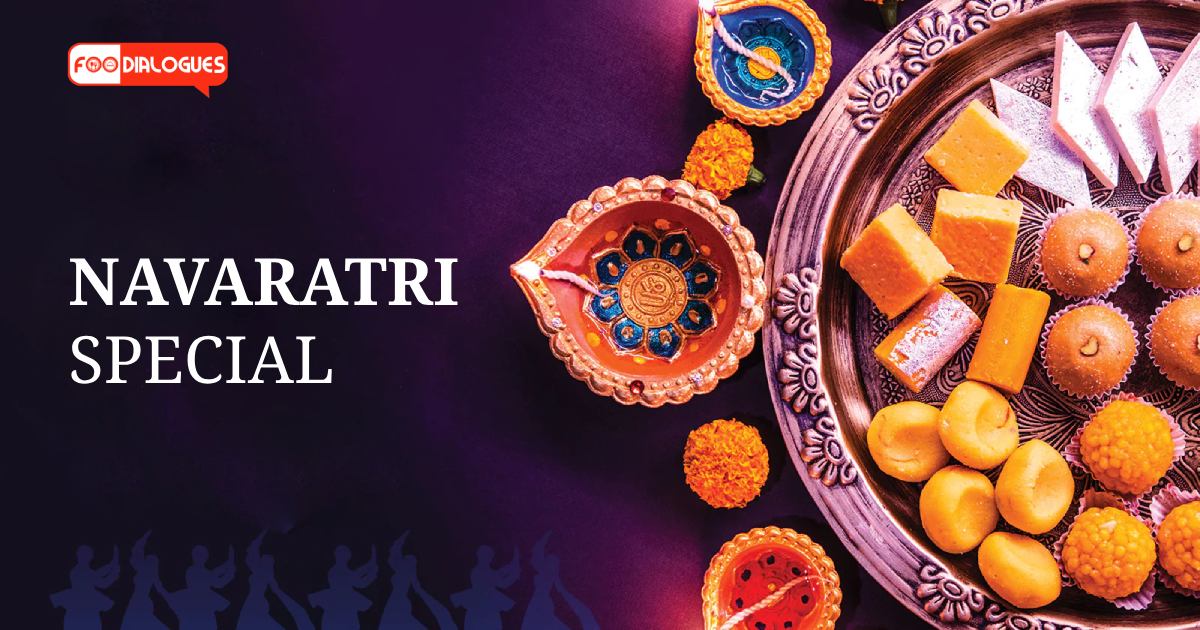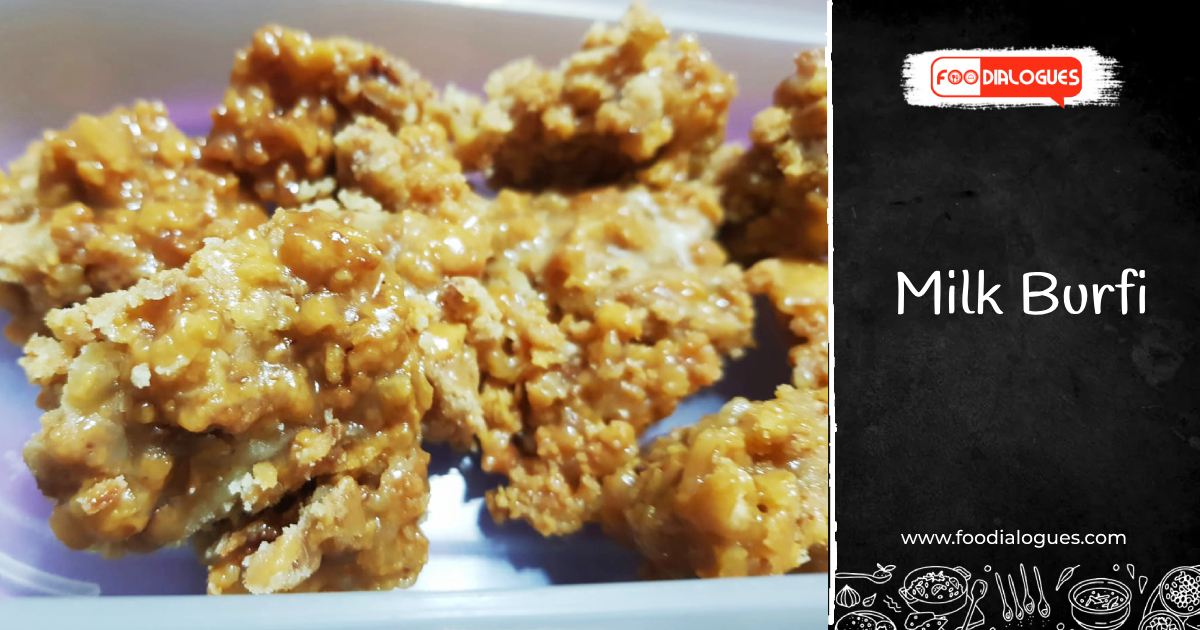Andal the only woman azhwar, sang the Thiruppavai containing 30 verses – one verse for each day of Margashira/ Margazhi (15th December – 15th January) – in praise of Lord Narayana. The devotion and bhakti of this 5-year-old girl was blessed by the Lord and on the 27th day, while singing the pasuram ‘Koodaarai vellum seer Govinda”…, accepted her as his consort. The 27th pasuram signifies the conclusion of Andal’s fast. This day every year is celebrated as Koodaravalli to commemorate this event. All Vaishnavite temples and homes offer Ksheerannam or akkaravadisal to signify the verse in the pasuram… paaRsoaRu mooda nei peithu muzhangai vazhivaarak…where Andal says that she will offer to the lord rice cooked in milk and that when eaten, ghee from the cooked rice will flow to the elbows.
On this auspicious day, Foodialogues presents the famed Ksheerannam for the Goddess Andal, unique, special, and exquisite just as the resplendent, jewel-toned Kanchipuram Saree which forms a befitting backdrop. Fourth in the series of Food & Fabric, this ethnic Kanchipuram in a deep blue is a family treasure of nearly 80 years, safe-guarded and still adorned with pride. Kanchipuram sarees are woven in a small town with the same name which houses about 60,000 weavers who transform mulberry silk into treasures of limitless creativity.
The story of Kanchipuram silk saree begins in Hindu Mythology. Legend has it that Kanchi weavers are descendants of Sage Marakandaeya, who was considered to be the master weaver for the gods themselves. He is said to have woven the first cloth for them from lotus fibre provided by Lord Vishnu. The early weavers of Kanchipuram were from two major communities of Andhra Pradesh, the Devangas and Saligars, who migrated to the town of Kanchipuram. The tradition that is more than 150 years old is purely hand woven. The “Zari“ that embellishes the saree is – a silver silk thread coated in gold colour.
Special Neivedhya “Akkaravadisal Recipe” is here

